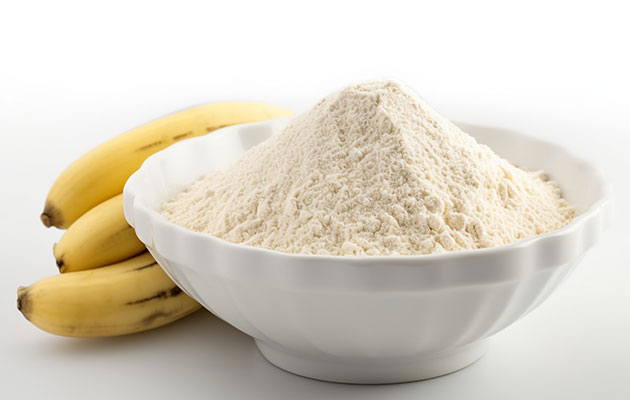Bio
Fruit and Vegetable Processing Machine Manufacturer
Address
Jingkai Square, No1507, Hanghai East Road, Free Trade Zone, Zhengzhou, China
City
zhengzhou,henan,China
| |
| |
Done Business With
customers from all over the world
Plantain flour is a highly nutritious and versatile ingredient widely used in various food applications. It serves as a gluten-free alternative to wheat flour and is popular in many parts of the world, especially in Africa, the Caribbean, and South America. The production of plantain flour involves several systematic steps, which can be optimized through the use of a plantain flour production line. This article outlines the step-by-step processing of plantain flour and explains the role of modern machinery in improving efficiency and product quality.
Plantain Flour Processing Steps
1. Selection and Sorting of Plantains
The first step in plantain flour production is selecting high-quality plantains. Mature but unripe plantains are ideal, as they contain the highest starch content necessary for fine flour production. The plantains are then sorted to remove any damaged or spoiled ones.
2. Peeling
Peeling is an essential step in processing plantain flour. It can be done manually with knives or using automated peeling machines in large-scale production. Removing the peel ensures that only the edible part of the plantain is processed into flour.
3. Slicing
Once peeled, the plantains are sliced into thin pieces to facilitate drying. The slices should be uniform in size to ensure even drying and to improve grinding efficiency. Automated slicing machines can speed up this process significantly.
4. Drying
The sliced plantains are then dried to reduce their moisture content. Proper drying is crucial to prevent spoilage and improve flour shelf life. Common drying methods include:
Sun drying: Suitable for small-scale production but requires favorable weather conditions.
Mechanical drying: Industrial production uses hot air dryers or rotary drum dryers to achieve consistent drying in a controlled environment.
5. Milling (Grinding)
After drying, the plantain slices are ground into a fine powder. This process can be done using hammer mills, disc mills, or industrial grinders. The goal is to obtain a smooth, uniform flour texture suitable for various culinary and industrial applications.
6. Sieving
The flour is then passed through a sieve to separate coarse particles from fine flour. Any coarse particles are re-ground to achieve a consistent texture. Sieving improves the quality of the final product.
The Role of a Plantain Flour Production Line
A plantain flour production line is a fully automated system designed to enhance the efficiency of processing plantain into flour. The production line integrates multiple machines to perform various processing steps seamlessly, reducing labor costs and improving product consistency.

Thank you for recommending this business. oGoing will review your recommendation
and post it shortly! 456
User have some problem for liked on Facebook . Please
click here for
Relink on facebook
Welcome to oGoing Local Small Business Network
Hello
!
Check your email with subject "Welcome from oGoing" to confirm your account. Please
check your bulk, spam or junk folder for an email from oGoing
(or press ESC or click the overlay)
Current Page URL: https://www.ogoing.com/DispUserUpDetails.aspx?uname=lgsherry&UserTextUpdateID=2477206
Current Page Absolute URL: https://www.ogoing.com/DispUserUpDetails.aspx?uname=lgsherry&UserTextUpdateID=2477206
Current Page Absolute URL: https://www.ogoing.com/